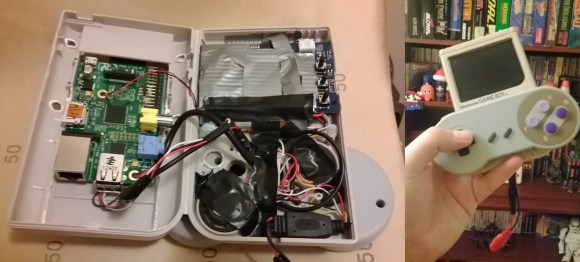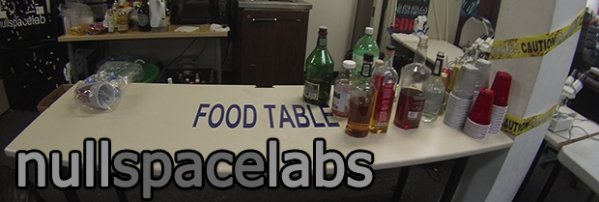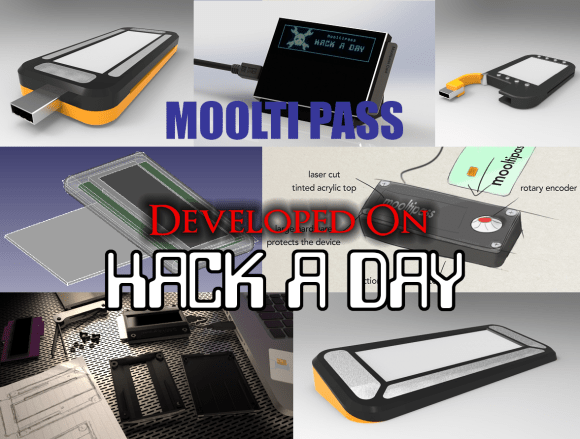
The UK Southampton Makerspace, So Make It, has just moved into its first dedicated space, and are holding a grand opening on February 1st!
They have officially been around since early 2013, when they shared a 500sqft space in the back of a bicycle shop warehouse. It wasn’t much, but it was a pretty good temporary home. Toward the end of 2013, they realized they were big enough to justify a private space and decided to try crowd funding. They were fairly successful in raising the startup cash.
Let all of us from Hack a Day (and you!) be the first to congratulate So Make It on acquiring their own private space!
Do we have any Southampton readers in our midst? If so, stick around after the break for full details from So Make It on when and where you can join in the festivities!
Continue reading “People Of Southampton Unite! There’s A New Makerspace In Town!”
















